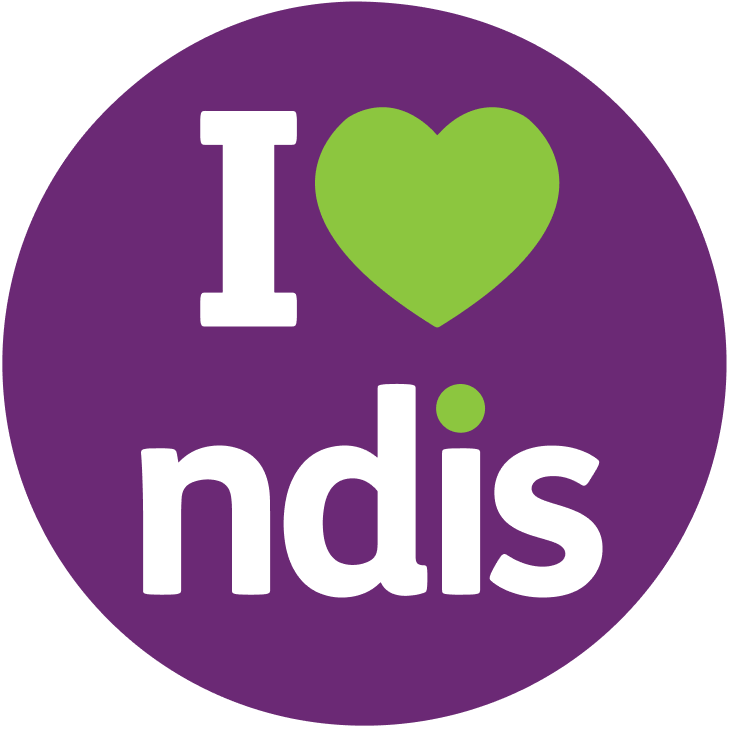What are SMART goals, and how are they used in allied health therapy?
SMART goals help a client’s therapy team focus their efforts so the client has the highest chance of achieving their goals.
All client goals must be created by or in conjunction with the client’s allied health professional (AHP). Allied health assistants are unable to formulate treatment plans and create SMART goals by themselves. To learn how to write a SMART goal in conjunction with your client’s AHP, let’s look at each individual component of the SMART goal:
S – Specific: Know exactly what you want to accomplish. Work with your client’s AHP to establish very specific goals. The general goal of say, “improve articulation”, can seem overwhelming and unobtainable for some clients. The more specific the goal, the greater the likelihood that your client will achieve it. If you’re stuck on how to make the goals specific, work with your client’s AHP to answer the basic questions of:
- Who? (client, client and family or carer, or client and AHP combo)
- What? (specific goal)
- When? (days/times during week)
- Where? (at client’s school or day centre, in home, on the go)
- How? (any extra tools/supplies/prompts/cues needed)
M – Measurable: Track your progress. Look for measurable ways your client can work on therapy goals. This might mean completing 2 structured vocabulary exercises, completing 3 worksheets, or completing a set of prescribed physical exercises.
A – Achievable/Actionable: Some disorders are more difficult to treat than others and the goals for your client should be achievable based on their own specific challenges. Make sure your client has the resources needed to make the goals achievable – both in time and in tangible supplies.
R – Realistic/Relevant: Does the goal fit into your client’s current and future lifestyle? Make sure that the steps needed to reach the goal are healthy and logical.
T – Timely: When will the goal be achieved? What is the timeframe for achieving the goal? Make sure to incorporate time-related markers for the goals.

Tips for creating SMART goals
Breaking the SMART components down even further, the following formula can be used to generate a SMART goal:
| Item | Example | SMART component |
|---|---|---|
| Person/Area of body | Client, client’s carer. Head, shoulder, trunk, knee, etc. | Specific |
| Impairment | Vocabulary, speech sounds, behaviour, strength, ROM, etc | Specific |
| Impairment Goal | Level of complexity, developmental milestones, ROM degrees, etc | Measurable |
| Functional Activity | Conversation, turn-taking games, standing, dressing, etc | Actionable |
| Target Performance | % of the time, trials/opportunities, assistance level, minutes, distance, etc | Measurable |
| Rationale | Play, mobility, ADLs, increase participation, ensure safety, etc | Relevant |
| Target Timeframe | Deadline: end of the term, 10 sessions, 4 weeks, etc | Timely |
Examples of SMART goals
An example of a Speech Therapy SMART goal
An example of an Occupational Therapy SMART goal
An example of a Physiotherapy SMART goal
This resource is constantly evolving. If you have any questions or feedback please contact info@foratherapy.com


